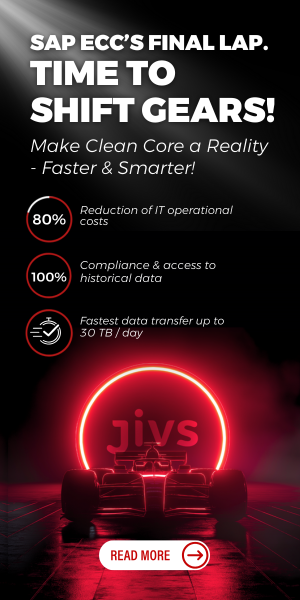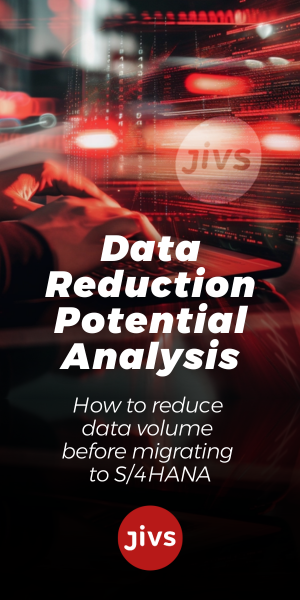When undergoing the tricky migration process to SAP S/4HANA Cloud customers may encounter issues ranging from establishing a good migration strategy to technical and operational risks to data migration challenges.
To dissect a few of these challenges, ERP Today spoke to experts from Data Migration International (DMI), the provider of data migration components. Focusing on why properly handling data migration is crucial, ERP Today hears how separating historical and operational data can help organizations in their digital transformation.
Key issues in data migration
According to DMI, developing a cohesive data migration plan is essential to reaping the benefits of SAP S/4HANA. Organizations often start their digital transformation with disparate systems and decades of duplicate and incomplete legacy data, which can complicate the transfer of data to the cloud and historical information management, delaying the project and raising costs.
Instead, DMI suggests businesses assess the data and establish a detailed plan that includes what data to move, where it’s going and how to get it there and also consider potential downtime, technical issues and compatibility issues.
It can be an enormous task, especially in cases where decades of data are stored on legacy systems, which is why many organizations seek help from data migration solutions providers.
This was the story of two DMI’s customers – Bühler AG, a major plant equipment manufacturer, and Hawle Armaturen AG, a leading Swiss production and trading company in the water, gas and wastewater sectors.
Two businesses, one problem
Bühler was in the process of converting SAP ECC and the systems of its most recently acquired business to SAP S/4HANA to achieve real-time visibility of all its operations in a single environment and to be more agile, flexible and responsive to change. To fully exploit the potential of SAP S/4HANA, Bühler needed a simple and fast approach to selective data migration and an efficient solution for managing its historical information.
So, together with its SAP S/4 implementation partner, Bühler found the solution with DMI’s data migration experts and its information management platform JiVS. JiVS IMP is an end-to-end information management platform that is designed to not just move its customers’ data from one place to another, but also provide data cleansing using automation at the same time.
After deploying JiVS as a tailored solution, Bühler separated its historical data from its operational data, stored the historical information in a centralized environment and switched off its legacy systems.
According to the customer, since the implementation of JiVS, the company reduced operating costs by 80 percent, transferred information from a spin-off business unit to a newly formed company within six months and minimized the total cost of ownership of SAP S/4HANA with the ability to access data directly from SAP S/4.
Similarly, Hawle found itself at the point where it had to overcome legacy data challenges when migrating SAP S/4HANA. Embarking on the digital transformation journey, the organization only wanted to migrate the required data to the cloud. Initially, the company tried to move its data using scripts, which proved to be a long process that wouldn’t have met the project timelines. Finding a way to do this process quickly was essential because users needed access to the data to fulfill business requirements and comply with legal regulations.
After considering its options and discovering DMI, Hawle decided to develop the vendor’s One Click approach, powered by its JiVS IMP platform. One Click is DMI’s patented approach designed to help customers analyze and evaluate the quality of the historical and operational data from all the company’s source systems using automation, and transfer the clean data to the JiVS platform, So, rather than migrating all legacy data, organizations can reduce their operational data and require fewer storage resources.
This way, Hawle met its short timeline of three months and migrated its data to SAP S/4HANA. Today, the company ensures better data quality through data validation and loading via the SAP Migration Cockpit. With the help of JiVS IMP, it historicizes its old legacy systems and maintains access to all historical data available.
Embarking on the digital transformation journey sees many crucial aspects, such as budget, time constraints and compliance at stake, and it is vital to ensure your organization stands in the best position in the global competitive landscape. By considering the best approach to managing your data, you’re more likely to smoothly transition to the cloud.
So, if you find yourself in the maze of complex legacy data, you may want to consult the ‘magicians of migration’ that can help guide the road in that complex journey.










